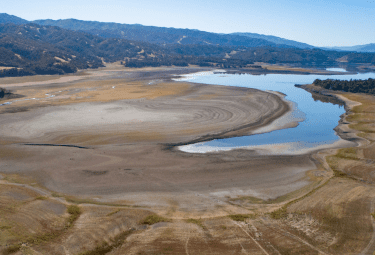Welcome to the new ESIP website!
NASA: Earth Science Data Systems – An interview with Martha Maiden
NASA is at the forefront of providing Earth Observation data to researchers worldwide. International Innovation interviews Martha Maiden, Program Executive for Earth Science Data Systems, discussing how the unit’s activities still keep her interested after 20 years of service to the organization.
Firstly, could you give an overview of your role as Program Executive for Earth Science Data Systems? What is the primary aim of this programme in the field of Earth system science?
As Program Executive for Earth Science Data Systems, I am privileged both to manage support for and represent to managers and stakeholders, and articulate the vision and strategy for operations and evolution of these vibrant resources. The primary aim of this Program is to make NASA’s Earth Observation (EO) data and supporting materials easily available and as simple to use for researchers as possible. Satellite data can be quite large and can require lots of information to be useful. Documentation is sent with the data, and information (often called ‘metadata’) such as time and place of observation, accuracy and validation information are tagged in the digital file.
The Earth Observing System Data and Information System (EOSDIS) is part of NASA’s Earth Science Data Systems Program. What is its goal and how is this benefi ting users around the world? What Earth Science disciplines does it cover?
The EOSDIS is one of the largest Earth Science data systems in the world. It is a distributed system of discipline-orientated processing systems and archives, most of which are called Distributed Active Archive Centers (DAACs). This ‘System of Systems’ – as such architectures are now known– functions as a unifi ed system to users, who can fi nd data through a single search by connecting to the Earth Observing System (EOS) Clearinghouse or ECHO through our NASA entry portal, called Reverb. It is also possible to connect to ECHO using a variety of standard interfaces (called Application Program Interfaces or APIs) with an Internet portal of the user’s choice or creation.
Produced bi-monthly, International Innovation Climate features articles and project analysis from the top global climate and environment agencies, think tanks and NGO’s. To see this interview in full just fill in the simple online form to subscribe for free: http://www.research-europe.com/index.php/digital_magazine/international-innovation-climate/




